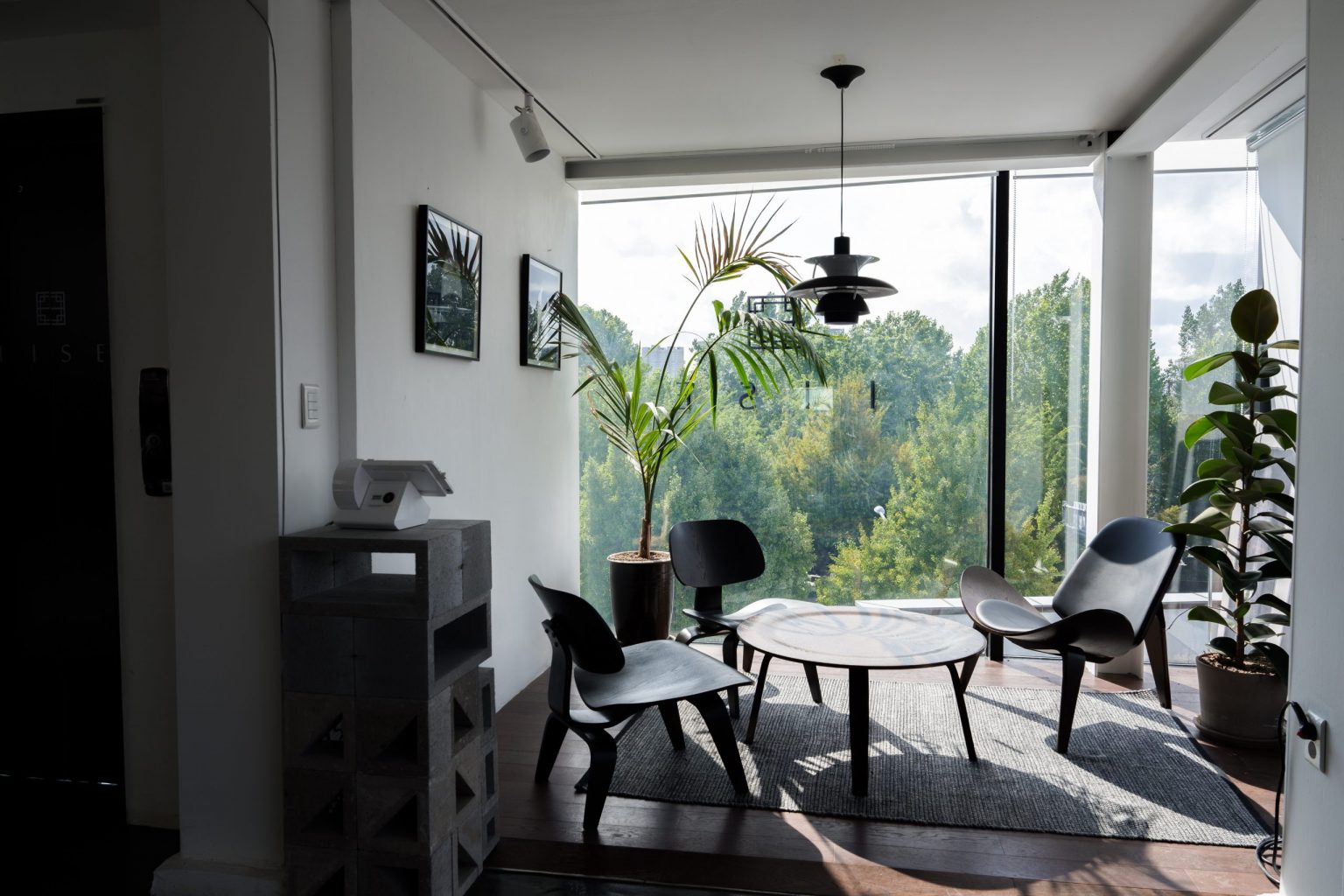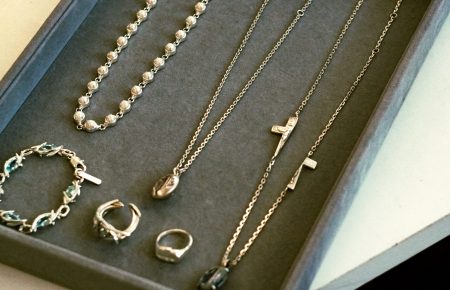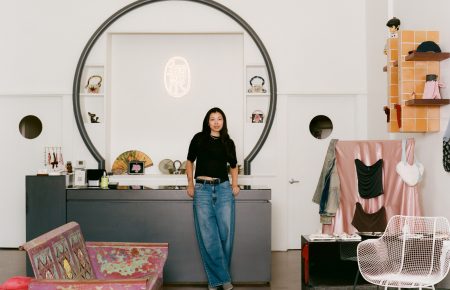Seoul-based IISE has diligently plied their trade over the course of the last few years. They’ve reinvented a part of Korean culture and taken a fascinating approach towards representing something that was once within only touching distance. For brothers Kevin and Terrence Kim both came back to Seoul after their formative years spent in the US, but not without a stop in China. During their stint in China, a personal knack for entrepreneurship and storytelling formed the backbone of IISE.
In a time when brands are built and destroyed within months, IISE has taken the long yet rewarding route of building something of value and meaning. Most recently, this has propelled them to new heights as the local Korean market comes to understand their own history and culture modernized and made relevant. Eugene and Adrian recently spoke with Kevin and Terrence via ZOOM to trace the origins of the brand and its success in becoming both a conduit between generations and an impactful streetwear presence.
This story is a follow-up to one we did in the past. What we appreciate most is the ability to review, reflect, and see how IISE’s perspectives have (or have not) changed and ultimately it serves as a reminder of what perseverance and humility yields.
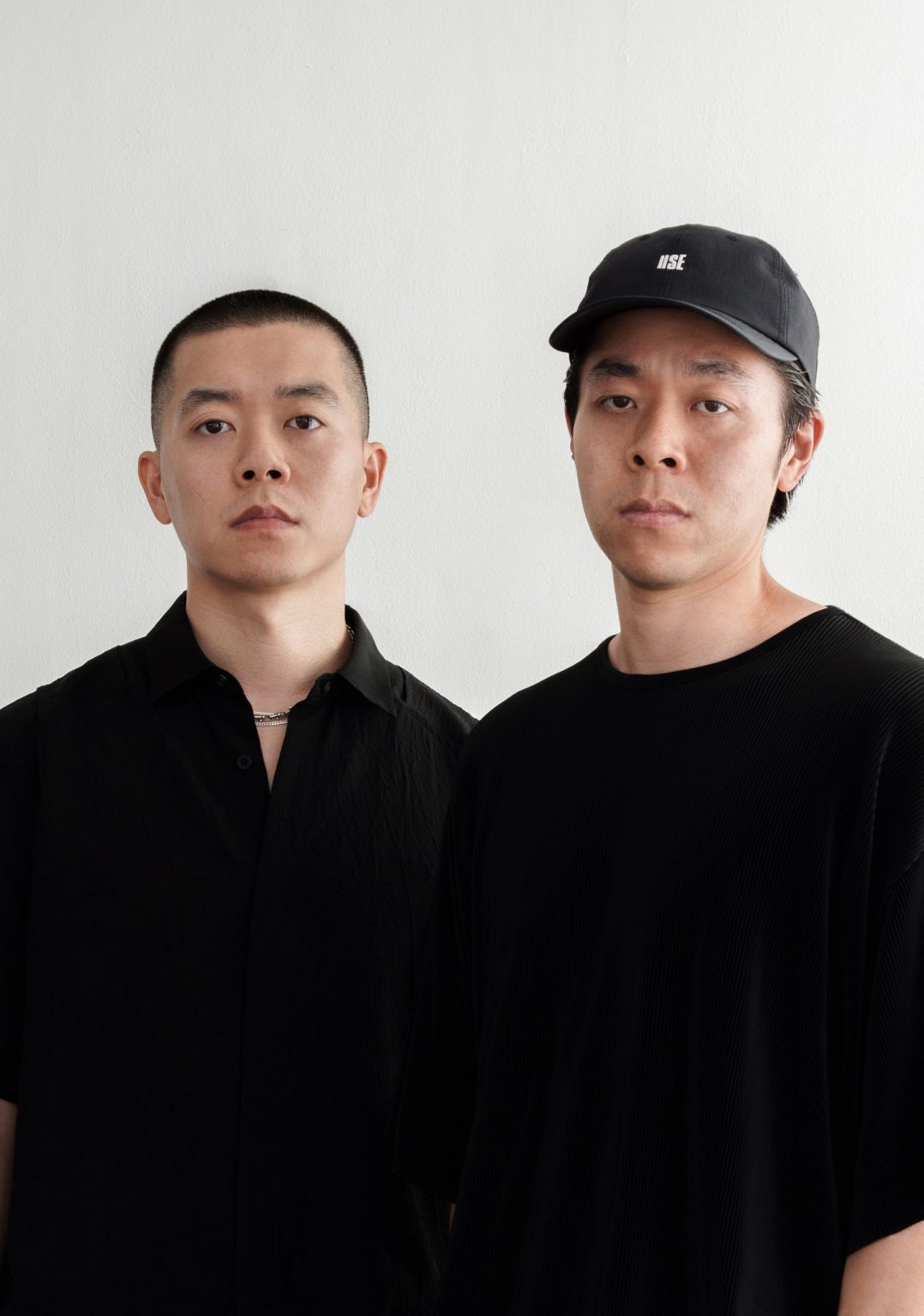
Brothers Kevin and Terrence Kim, founders of IISE.
Adrian Wong: Could you introduce yourself, what you do and IISE?
Kevin Kim: My name’s Kevin Kim. Title-wise, I’m the creative director, so I handle all the creative stuff, design, production, things that are product related.
Terence Kim: Hey, I’m Terence Kim. My title is CEO but I handle a lot of the business and marketing side, mostly. We’re both co-founders and also brothers of the brand.
Eugene Kan: One of you is more on the business side, and the other is more on the creative side. Was this something that you guys saw growing up in terms of your different personalities?
Kevin: I mean, to be honest, for the creative direction and business side- because our team is small, we have a say in pretty much everything. But his focus is just more on that [business] side.
Terence: My focus is more on that stuff, but growing up, it wasn’t segmented that way. But, after years of experience, like having separate roles just makes everything cleaner and smoother.
Adrian: For those who aren’t familiar, how did the brand come to be, and what is the logo of?
Kevin: After TK [Terence] graduated from university, he moved to China. I followed a year after and we were living out in Asia, learning Chinese. At that point in time, we had this idea of starting a shoe brand. But that came up out of convenience because we were in China and it was the production capital of the world at the time. Fast forward, the pursuit of that shoe thing led us to Korea on vacation where we briefly met an older Korean designer. He was a mentor and he showed us the ropes about fashion. And then that led us to make bag samples and other clothing, instead of shoe samples. The logo is a rework of traditional Korean architecture. There’s a lot of square and rectangular patterns in it. So we adopted it to be the logo for the brand.
Adrian: Seoul has long been known as the new breeding ground for up and coming brands. How has this geographical placement influenced IISE? Can you tell us a little bit about this unique brand identity?
Kevin: The whole concept of the brand was basically us being Korean Americans coming to Korea for the first time and seeing Korean culture through design, music, architecture. All these things that we’d have no exposure to growing up. It really gave us a sense of pride in our Asian culture for the first time. And truly enabled this sense of curiosity towards understanding it. So, for us, it was like, ‘oh, it’d be really interesting to apply this perspective for a Western consumer audience.’
Eugene: From a conceptual standpoint, was it easy for people in Korea to understand what you guys were doing? Did they care for the fact that it was Korean culture through the lens of Korean American eyes? What was that like in the formative stages and where do you think it is now in terms of perception?
Kevin: Especially for local Koreans and even Koreans abroad, if you mention a Korean-inspired brand, it’s kind of easy to understand what it is, but to visualize it in the way that we want to do, it was very difficult for them to perceive that. Everything up until when we started, things that were Korean inspired were pretty much the very first layer. Korean-inspired things are not very favorable in the domestic market because Korea has such a deep history of wanting things that are Western. And a lot of Asian countries are like that; they look toward Western brands, European brands, and American brands. So it was a bit of an uphill battle for us trying to upstart this Korean inspired brand, knowing that the local market doesn’t usually gravitate to that kind of stuff. We were like, ‘if we find an industry, there’s definitely a lot of people back home who would find it interesting.’ So even if we start a brand in Korea, we don’t necessarily have to market it or a focus on the Korean market for now. We could just start making products authentically and then exporting that to a Western audience, which was lour plan anyway. In Asia or Korea specifically, it’s one of those weird things, if you do really well outside of Korea, then Korean people will fuck with you more. You know what I mean? So there was a bit of that.
Eugene: Yeah. Has the definition of Korean-American and how you guys see yourselves changed in the last four years, in terms of being American and moving to Asia/Korea? Do you see yourself almost developing a new sense of identity?
Kevin: We were here as Korean Americans living in a career for eight years. So definitely our idea of what that identity means has completely changed since before we moved here. But you know, this applies to any children of immigrants, to be honest. Because you come to Korea and you realize that you’re not Korean at all, and then you’re saying you’re not American. So when we first got here, it was a really weird thing with identity. It was like, ‘okay, we’ve identified as Korean our entire lives.’ That’s how we labeled ourselves as non-minorities and then when we actually get to Korea, you realize that the culture gap is so wide and you’re nothing like the people here. So with the brand, it’s a very visual representation of us. The theme of trying to figure out what that identity means in a lot of ways and like, ‘yeah, are we American or are we Korean?’
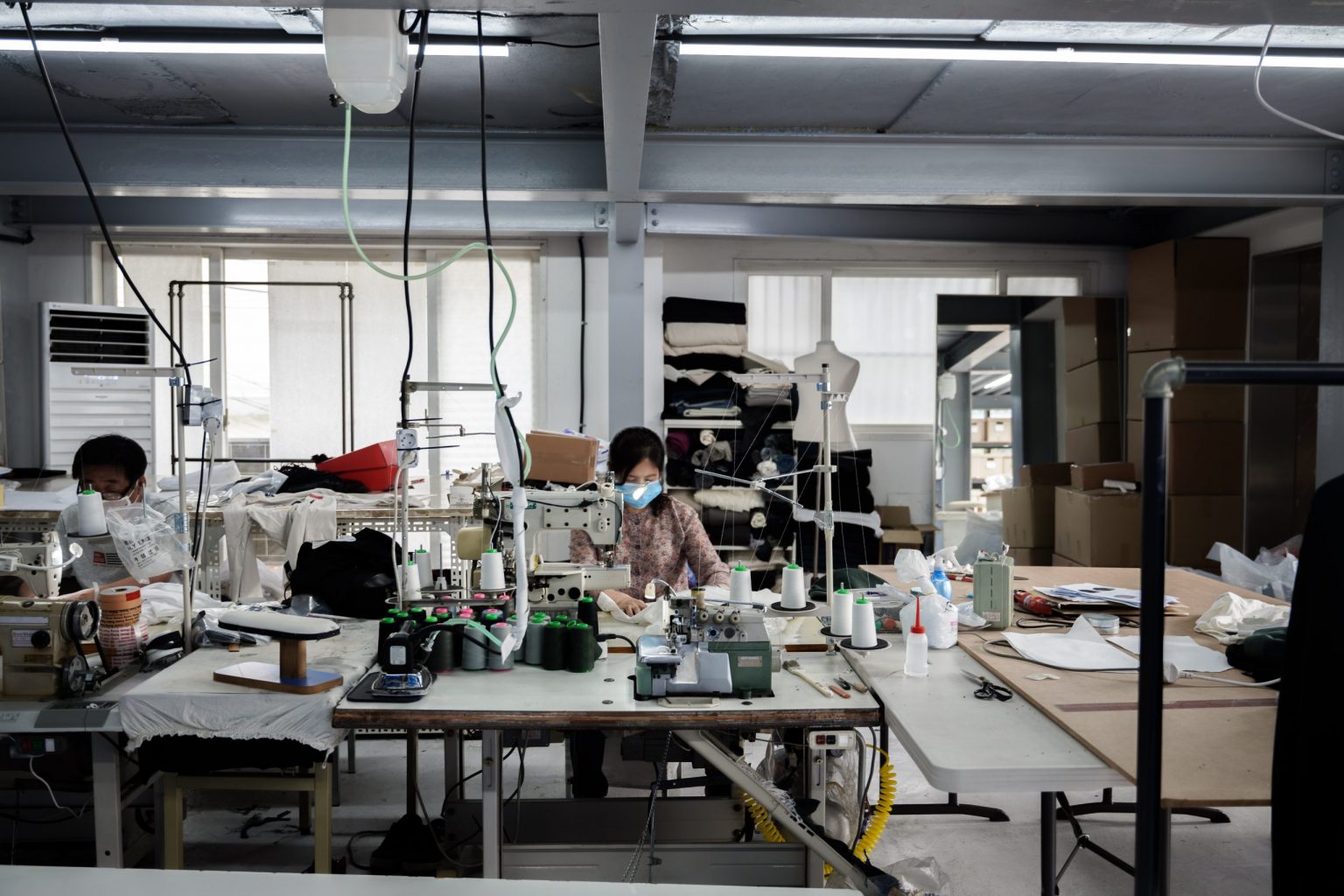
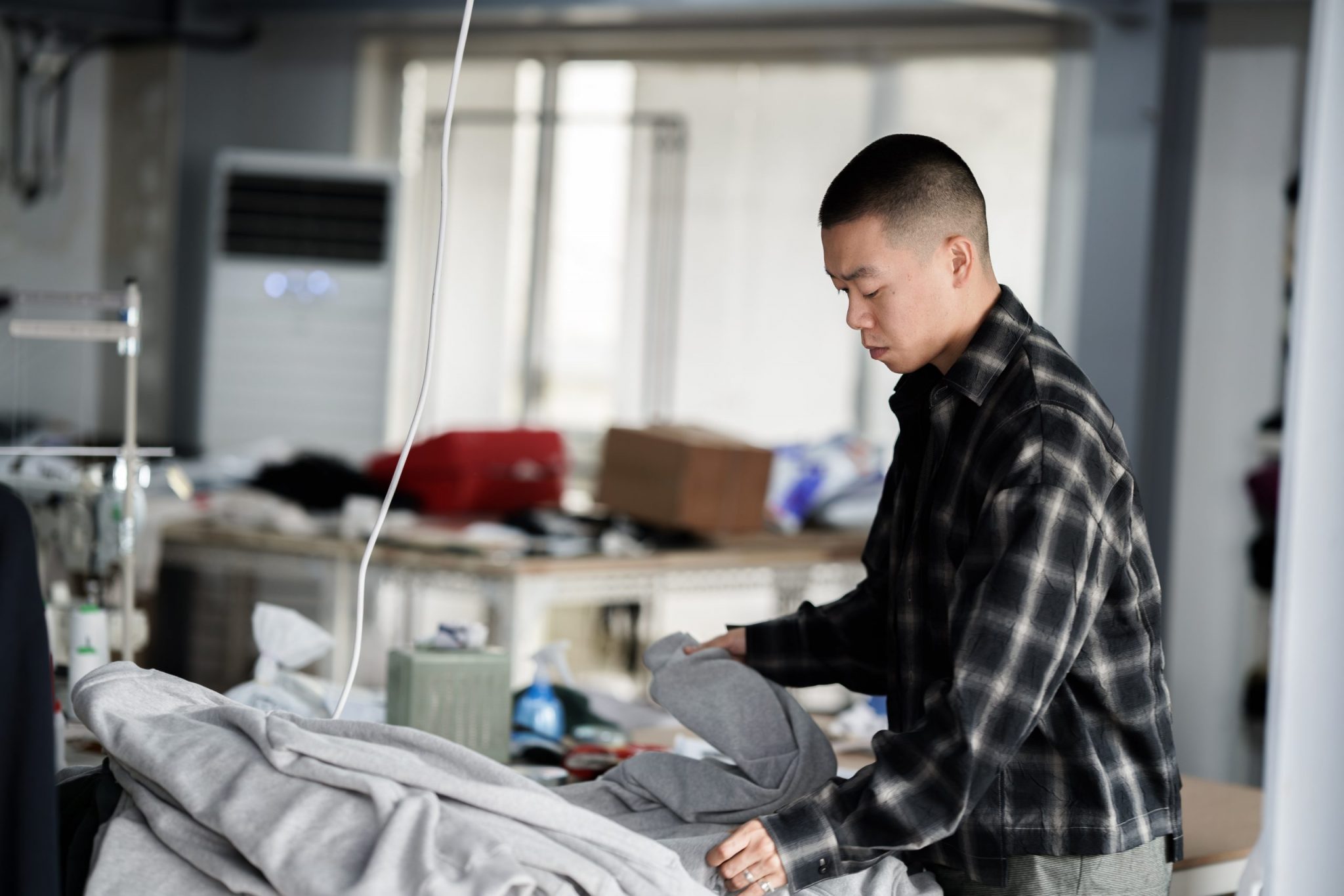
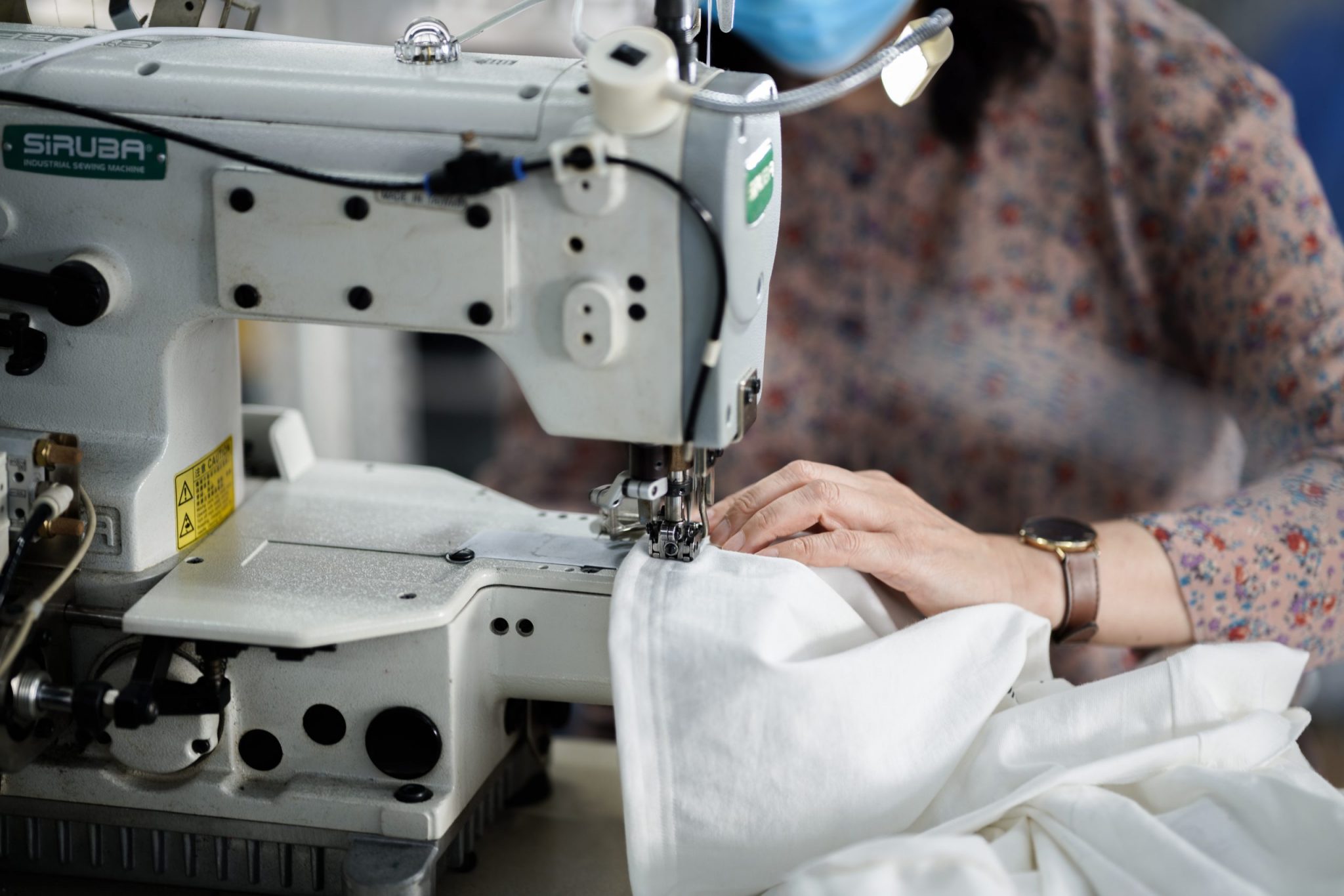
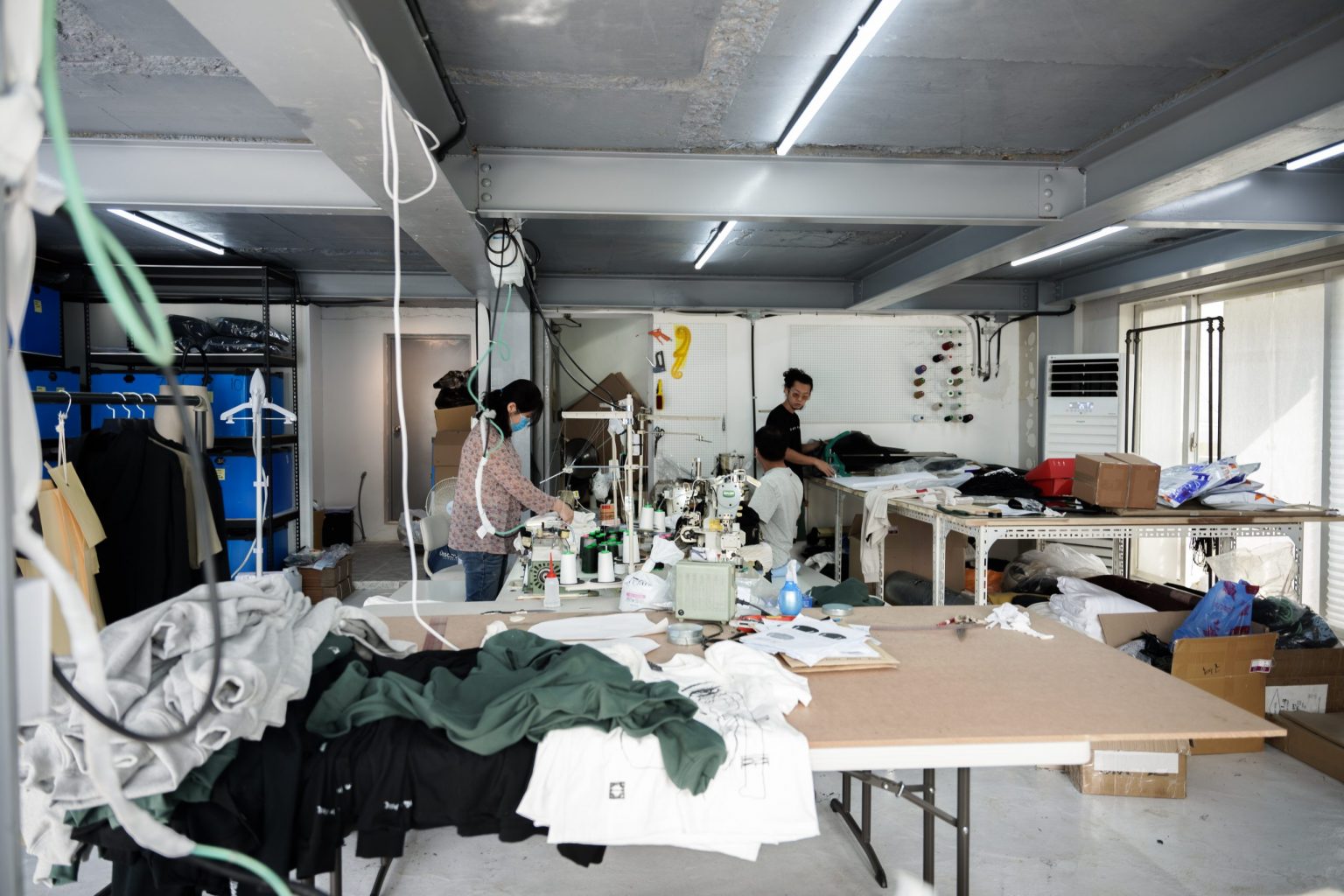
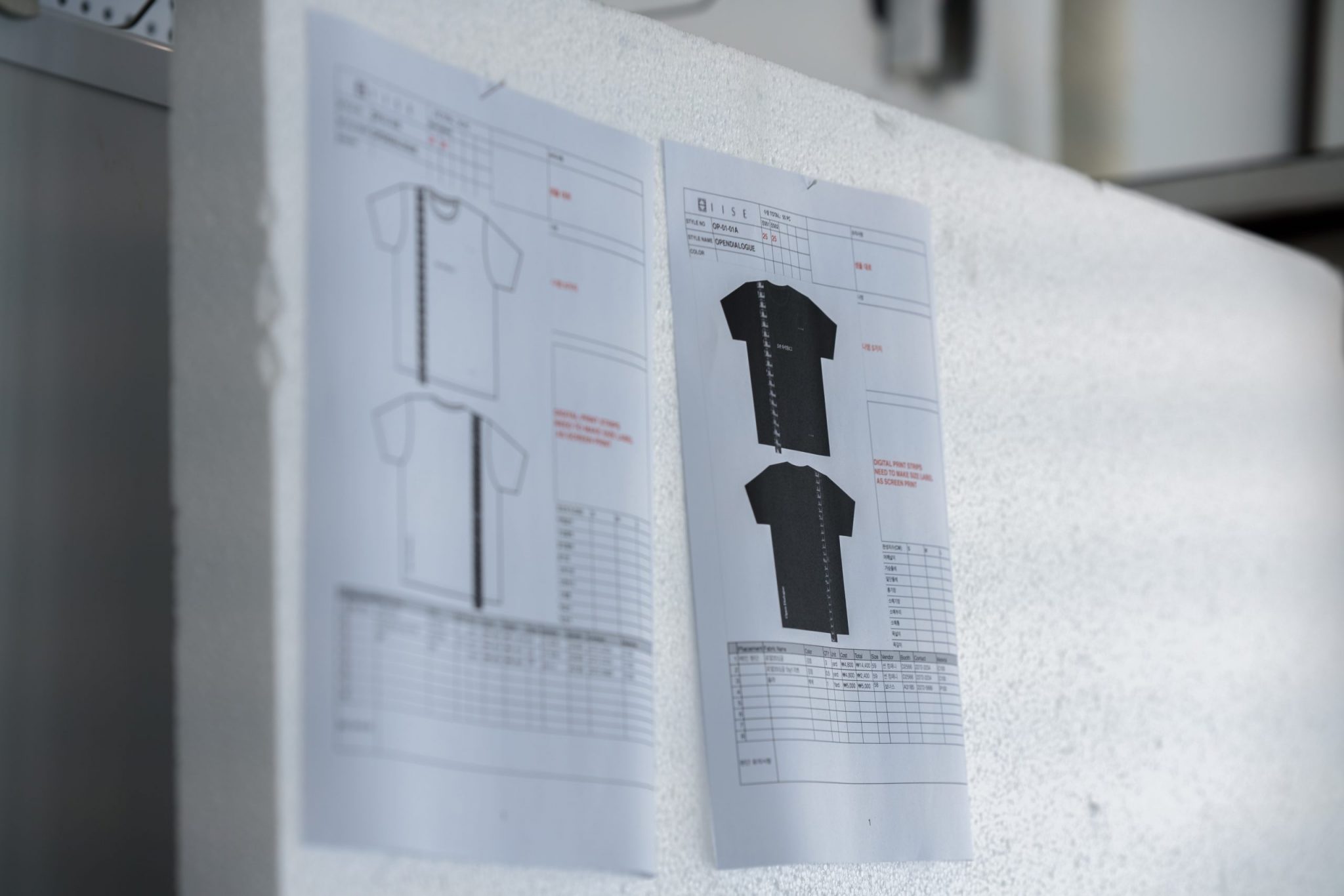
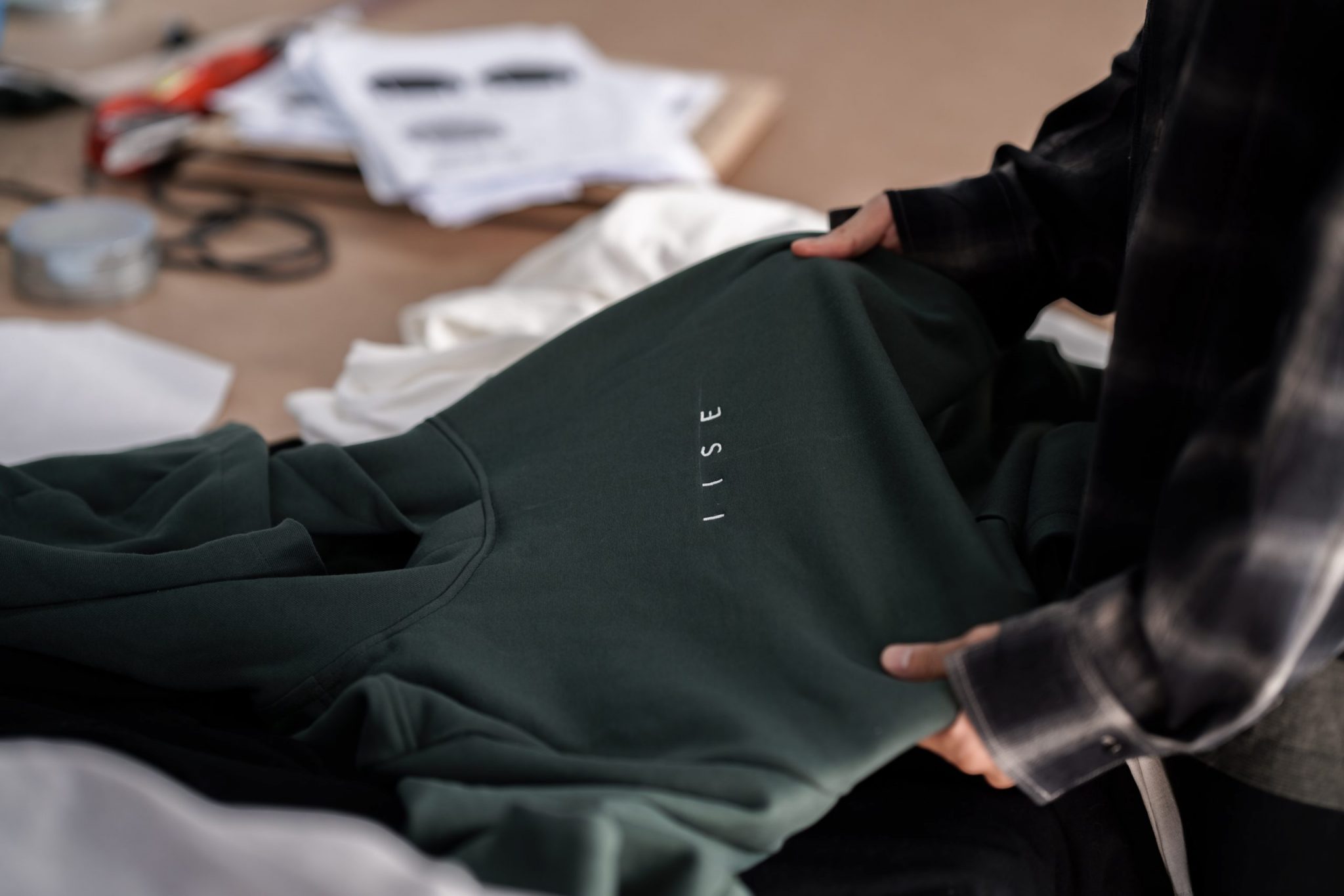
Eugene: I think one thing that’s interesting about what you said too, is that there’s an unapologetic sort of confidence that you guys have. And this is the one thing that I think a lot of us Asians identify with this, different ranges of confidence in terms of your ability to step out and do something different. What value does that have to you guys?
Kevin: People who grew up in America have this innately almost arrogant perspective on where Americans are compared to the rest of the world. That’s how we just grew up, amongst nationalism and thinking America’s the greatest. A lot of that gets transferred when you travel to Asia. When I moved to China for the first time, both Terence and I had this, I don’t know if you want to label it as American competence, and a noticeable difference in attitude. This is an attitude where you’re very confident, talking to people or trying this and that. I honestly credit that to growing up in America, especially next to New York City, and having this very hustler type of attitude, but it’s kind of different in Asia where it’s like a very group-think thing where it’s very homogenous.
Adrian: What are some design influences for the brand? How would you sum up the IISE aesthetic in a sentence?
Kevin: We once saw a Korean Buddhist monk wearing this cloth bag and we really liked the way it looked because it didn’t have any hardware on it. There were no buckles for the straps. It was all hand-tied knots. So, the actual first first idea for IISE was when we saw the bag and were like, ‘oh, we should modernize that silhouette to something younger people would like, but still maintain the history and function behind it.’ That would be a cool item and something very different we haven’t seen before. The big picture is always trying to bring some aspect of Korean culture, whether it’s traditional, whether it’s present-day and trying to tie that to the actual design aesthetic of it, or the concept of what we’re doing this season. The brand is also the reflection of our journey as fashion designers.
Adrian: Do you think with each season, you conform more to the local Korean consumer audience?
Kevin: Yes, we were kind of like, ‘how do we sell to ourselves?’ We weren’t great at (speaking) Korean at the time either. So even hitting up these Western publications were a lot more comfortable for us than reaching out to the local market. But yes, season by season we are becoming more aware of the Asian market and specifically more and more aware of the Korean market. But at the same time, the global market is still the main priority. Also, we’ve noticed a shift of Koreans having more appreciation for domestic things over the last few years. So we’re really trying to capitalize on that as well.
“The big picture is always trying to bring some aspect of Korean culture, whether it’s traditional, whether it’s present day and trying to tie that to the actual design aesthetic of it, or the concept of what we’re doing this season, the brand is also the reflection of our journey as fashion designers.”
— Kevin Kim, on IISE’s design direction.
Adrian: Graphic prints have been a huge thing in Korea as of recent, how do you see this influencing the trajectory for street wear and what role does this play in the design language for IISE?
Kevin: We’ve definitely added a lot more graphic elements. In the early stages, our things were a lot more cut and sew based stuff like silhouettes and fabrics, but it’s a global trend, and fashion in Korea does take cues from the Western fashion circuit.
So the whole like graphic thing, we’ve definitely added a lot of that to our aesthetic. And it’s cool because normally, Terrence and I are not graphic designer people, but it gave us another way of communicating in our garments.
Eugene: Do you think that the audience for IISE has changed as you guys have evolved? And what is that audience? Is it more high fashion? Or is it more street? The reality is that the stores and doors you’re in also puts you in front of certain types of people or audiences.
Kevin: Over the years, the consumer audience has definitely shifted more towards high fashion. And that’s attributed to a lot of things too. For example, we started doing runway, and because of that, it completely shifted a lot of the aesthetic and direction that the brand was doing.
Doing runway was never intentional, but an opportunity randomly came about. So things like that really shaped the direction of IISE over the years and the audience too. But at the end of the day, the audience and the target are still pretty similar.

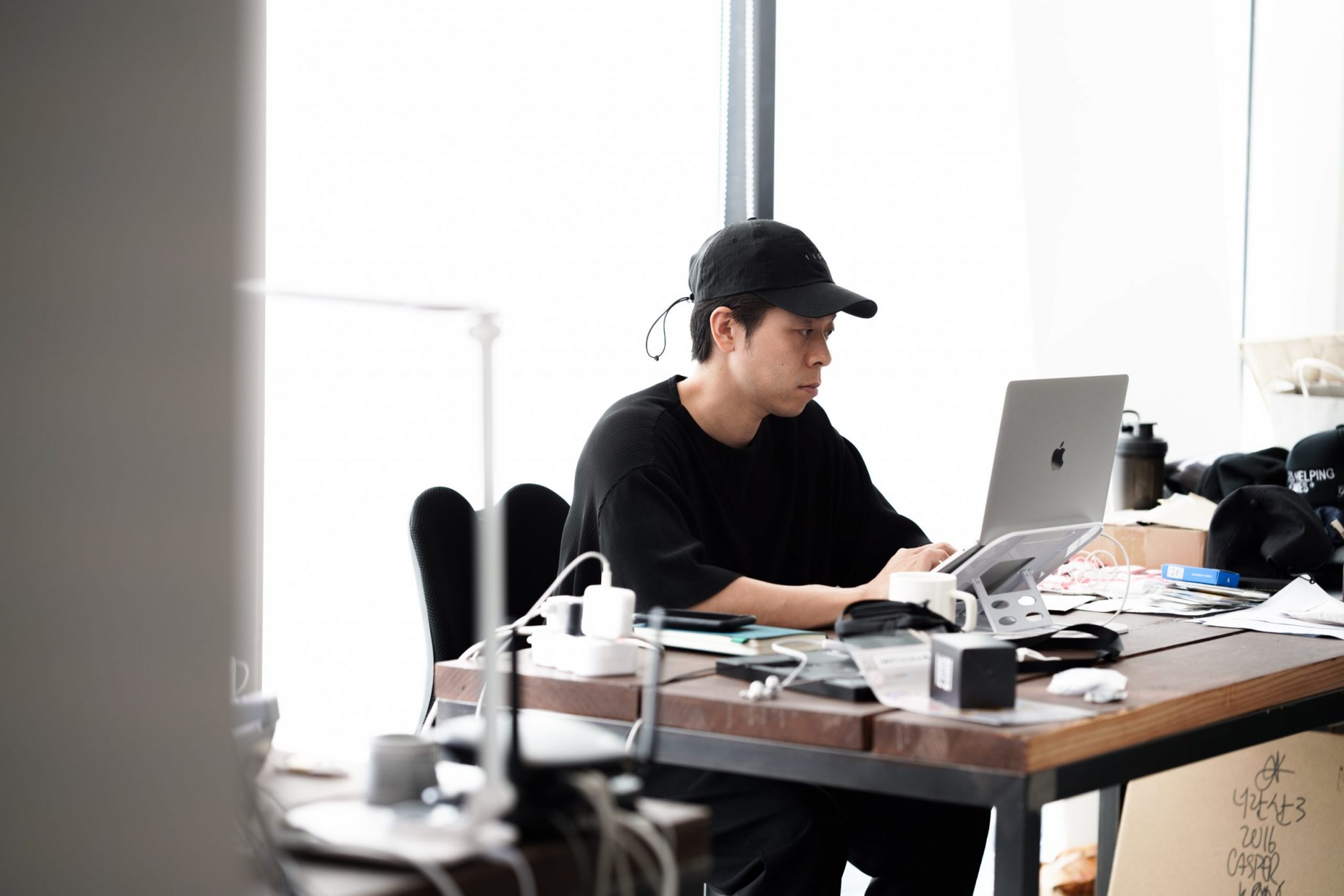
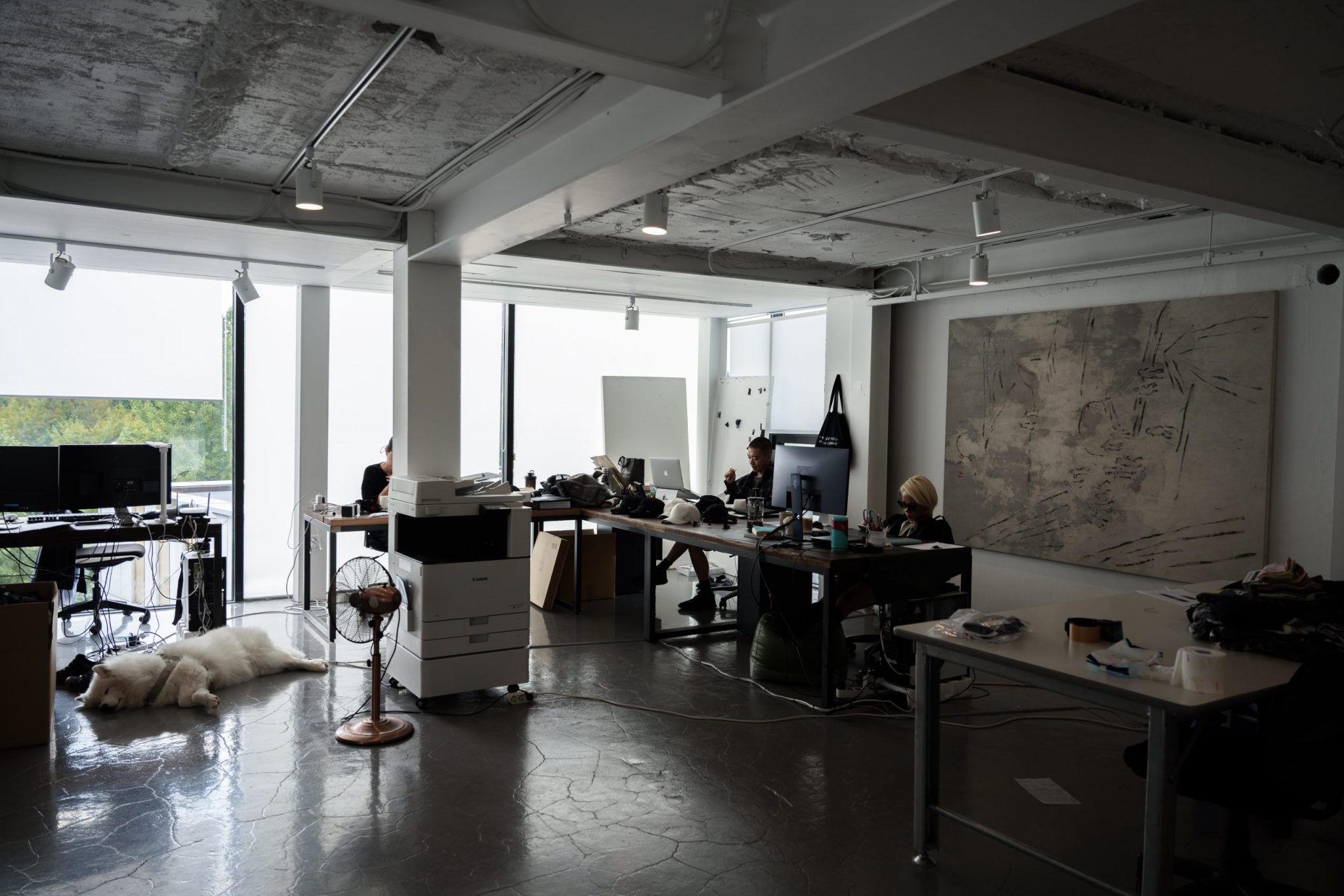
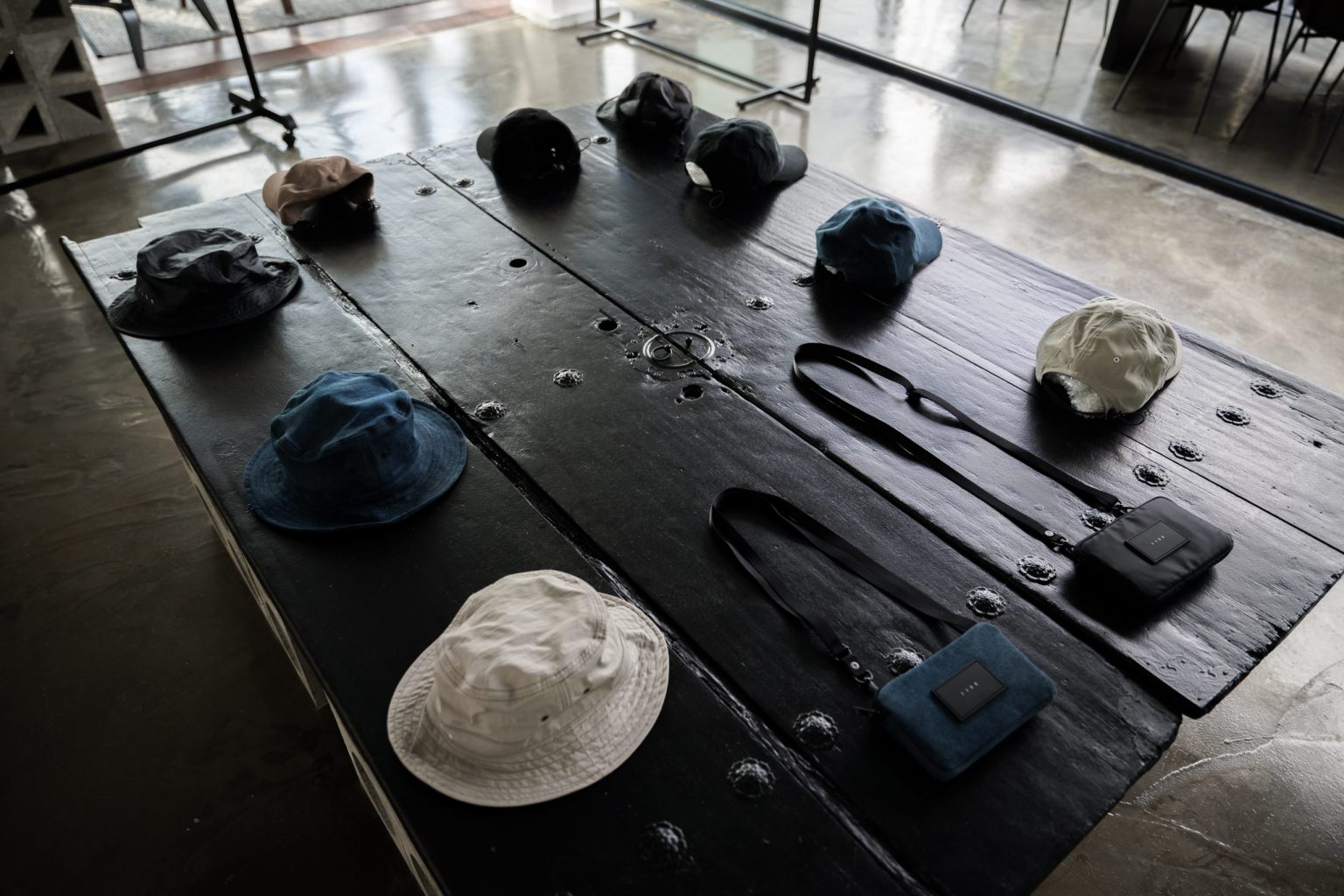
Eugene: Why do you think your initial market was outside of Korea rather than domestic? Has your personal identity changed to the point where now you do want to focus on something for Korea first and foremost?
Kevin: We’ve definitely had those thoughts and those feelings the entire time. Especially at the beginning, being very Korean was something that appealed to us and we thought it would appeal to a Western audience because we’re coming from that market. But there were so many times we were like, ‘oh, this is dope for America, but Koreans are not going to like it.’ Or vice versa.
It took us eight years to find the right balance in serving both markets and still staying authentic to our concept. And now at the end of the day, we feel way more confident to just go with what we believe is going to be cool.
Adrian: What does fashion personally mean for both of you?
Kevin: Fashion is definitely a representation of how people perceive themselves and for us, on doing IISE, it goes deeper than that because it’s how we ended up using a fashion brand to truly explore and portray our whole journey with identity. It’s a lot deeper than just like, ‘oh, what kind of style do you want to wear?’
We weren’t even studying fashion, or any of that really. It just fell into this and we ended up using this as a way to really learn more about ourselves and our culture.
“Especially at the beginning, being very Korean was something that appealed to us and we thought it would appeal to a Western audience because we’re coming from that market. But there were so many times we were like, ‘oh, this is dope for America, but Koreans are not going to like it.’ Or vice versa.”
— Kevin Kim, on the initial challenges in striking the right chord with IISE’s target market.
Eugene: What would have been your alternative career path, if not fashion?
Kevin: Terrence was an English major. So I don’t know what you’d do with that. (laughs) I studied finance because I was told it paid the most money when you graduate. (laughs)
I have to be honest, I don’t know. I don’t know what the alternative would have been. For both of us, we don’t have real work experience. We’ve been doing this our entire adult lives. So it’s really hard to imagine us doing something else.
Adrian: Both of you guys are so invested and pouring all of your identity and making IISE your vessel, what would you attribute your successes to?
Kevin: At the end of the day, it’s tenacity. The fact we moved out of home in America and went to another country. And the idea of failure was having to move back to America where there were all these safety nets. Whereas when you’re outside of like your home country, it’s all or nothing. We started the brand so young too, there was this naivety to us in terms of business and life in general.
We just kept working at it, even when things were terrible, we kept going. Consistency and persistence are the major things we attribute where we’re now too. The second thing is relationships and how the people we’ve met have altered the direction of the brand and our life.
Adrian : How has being naive — either in a good or bad way — affected your trajectory?
Kevin: We didn’t study fashion. So we were completely ignorant of so many things, but that makes you not scared to experiment. Because if we went to fashion school and we did business before we’re ready, we would’ve been afraid of all the failures we’ve encountered on the way. We went into it blind with this youthful energy and decided we’ll fuck up but we should still do it. We definitely learned a lot along the way and we’re still learning. We definitely made a lot of mistakes that definitely could have been avoided. I really attribute being naive as the reason why we’re here today. It’s our willingness to try things and be risky. Take risks when you don’t even know what the risks are and it might pay off for you. There were no rules. Whatever we wanted to try, we just did. If it didn’t work out, we would try another way. And another way, then another way. And a lot of it. How we got here today is from trial and error and learning from our mistakes.
Eugene: I think success is always confirmation bias in the sense. That brand’s massively successful, but you obviously haven’t seen the thousands and thousands of brands that have failed relative to this brand.
Kevin: Oftentimes when we asked more experienced people in the industry for advice, they told me, “don’t even do it.” At the time it was so discouraging to hear, but my naiveness was like, ‘all right, fuck that. We’re going to do it anyway.’
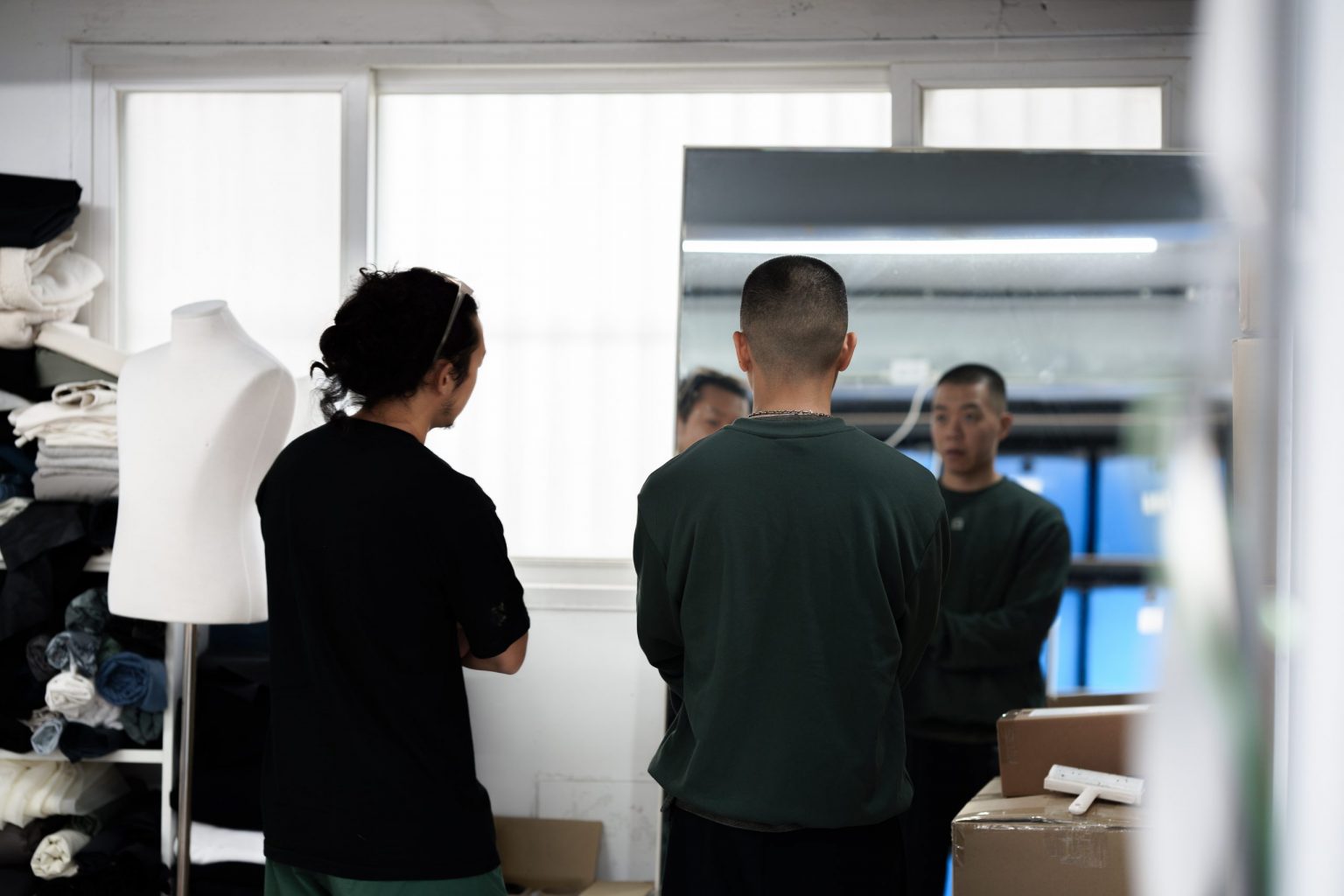
Eugene: At any points have you felt you wanted to quit? And if you did, why did you guys continue onwards?
Terence: All the time? (laughs) There’s been so many times that the end of the business was such a reality for us. Like, ‘oh, next week maybe IISE won’t be around.’ It’s survival as opposed to just quitting.
Kevin: We were still living in Korea because of this business, so quitting meant uprooting our entire lives. There was too much at stake. And going back home and dealing with the shame was personally the biggest turn-off. I don’t want to be a failure. From an Asian standpoint, we wanted to prove to our family that we could succeed in something outside of a conventional job. And even on top of that, we have employees now and then there are other responsibilities to other people too. It’s become bigger than the simple idea of just walking away from something now.
Eugene: Is there something that you have more freedom to do now at this point that you didn’t have in the past?
Kevin: There’s the freedom to say no, which is something you don’t have the luxury of early in the business. The ability to pick and choose what we want to do is something we’re thankful for. In terms of fashion, we now have a lot more opportunities for collaboration requests and outreach.
Adrian: Before you guys started IISE, what did you think it’d be like to have your own fashion brand, and what has been the reality of it?
Kevin: When you start a brand, it’s your business timeline in a three to five-year plan, and you think it’s going to be this. But the reality is that there’s so much hard work to achieve certain things that you thought would be really easy to achieve.
“There’s been so many times that the end of the business was such a reality for us. Like, ‘oh, next week maybe IISE won’t be around.’ It’s survival as opposed to just quitting.”
— Terence Kim, on the journey as a fashion brand.
Adrian: Do you think it would be harder to start now? Or what would’ve been different?
Kevin: Right now, more than ever, is the easiest time to get into the fashion business. Technologically, there’s so many resources available to anybody that you can start fashion brands way easier than you could, maybe like eight to 10 years ago.
But at the same time, the market is very different and it’s a lot faster. Consumers have way shorter attention spans. There’s pros and cons to how the market is today as opposed to how it was when we first started.
Adrian: What advice do you have for those who want to get into fashion?
Terence: Don’t do it. (laughs)
Kevin: For us, it became a very, very personal journey. It’s really more than a business and a fashion thing. It’s a study of ourselves and our history and future. It’s pretty cliché, but if you really want longevity in this type of business, you really have to have a deep-rooted purpose and passion for this business.
Otherwise, I don’t know if you could just do this for years on end. To be honest, we don’t really don’t need any more fashion brands, there’s way too many. So you really have to find a personal reason to keep on going.
